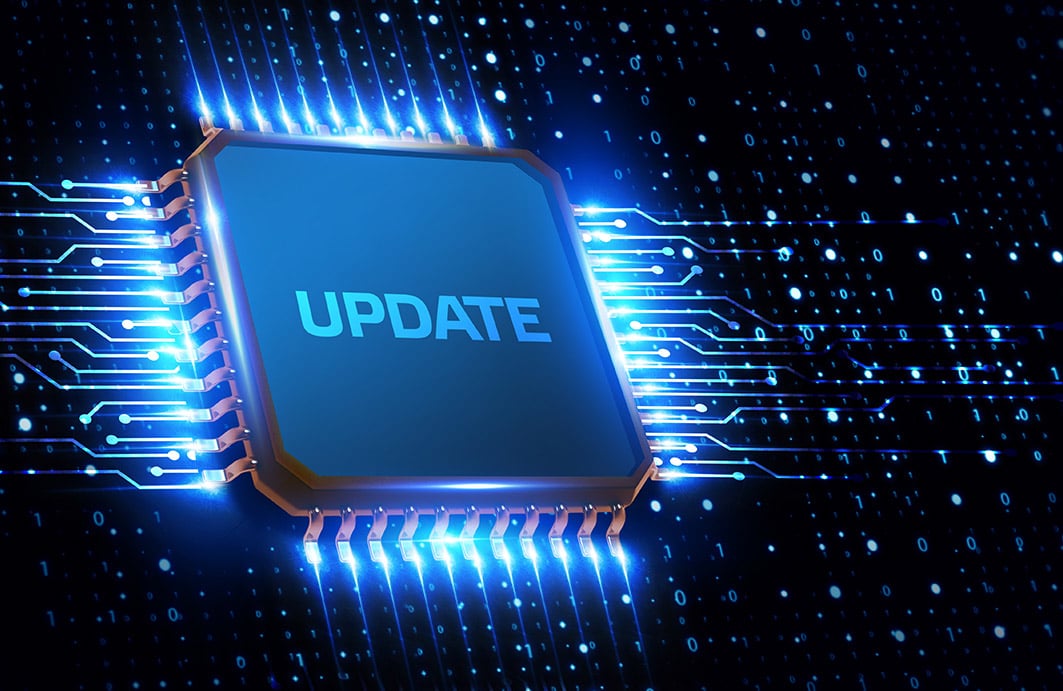Software patches for endpoints, servers, and applications are a critical component to maintaining the security and compliance status of your organization. They can help protect against newly discovered security vulnerabilities, add new features, or address an issue within a previous software release.
Managing software patching across an organization’s many endpoints can be a challenging process for IT teams. Without an effective way to consistently scan for new patches and ensure patches are actually being applied to devices, devices can quickly become out of date, leaving potential gaps for cyberthreats wide open.
To help keep up with the ever-growing number of devices and the patches required to keep them safe and compliant, many organizations are turning to more standardized patching management protocols.
These 5 best practices below should be implemented to help streamline your patch management process.
Identify All Assets
Unidentified or forgotten endpoints are one of the biggest security vulnerabilities to plague an institution when it comes to patch management. To ensure you’re patching every device that connects to your network, you’ll first need to have an accurate inventory of all assets within your organization.
Collecting a list of all devices and their current OS/patch levels not only allows you to understand the layout of your network but also helps you understand which devices should be patched first. The use of remote monitoring and management software can help streamline this step in the patch management process.
Prioritize High-Risk Devices First
Once your asset list has been generated and you have an understanding of the patch level of each device on your network, it’s time to create a prioritized list. Starting with the most out-of-date devices should be your first priority, as those will likely have the greatest number of vulnerabilities.
From there, take a look at the remainder of the list and prioritize based on organizational risk. This could mean patching systems that have the greatest impact on your company, machines utilized by users with high levels of access to corporate data, or those devices that are heavily used.
Creating a prioritized list will help you define your patch management policy more clearly than using a general approach.
Define Your Patch Management Policy
The next step in streamlining your patch management process is to create a structured plan that outlines how you will patch your systems, what systems will be patched, when you will patch, and how often you will scan for new updates. Creating a defined plan for the process will help keep you on track and prevent machines from falling through the cracks.
You can structure the policy and schedule however you’d like, patching certain systems more often than others (i.e.: laptops and mobile devices can be patched more often than servers), and opting to patch during maintenance windows to lessen the disruption to staff.
Document All Patch Updates
Having a good understanding of the result of a patch deployment will help you gauge whether or not any potential issues on the network were caused by said patch. Documenting what a patch is supposed to accomplish before making any changes to an endpoint, server, or application will provide you with a behavioral baseline and allow you to more easily identify potential problems after the fact.
Test With A Sample Group First
Before rolling out a patch to your entire network you should test with a small sample of devices to ensure no unforeseen issues arise as a result of the patch. This small sampling could include a few endpoints from each category being used within your organization (i.e.: laptops, PCs, mobile devices, servers, etc.), and should be conducted in a controlled environment in case a rollback is necessary. It’s also important to ensure these devices are properly backed up in case a restore is required.
How Outsourcing Patch Management to an MSP Can Help
Poor patch management accounted for 57% of data breaches in 2018. It’s easy to fall victim to a potential data breach if the proper precautions aren’t put into place to protect your environment. However, keeping up with patching policies and schedules can be time-consuming and difficult without an effective management solution. MSPs offer a way for companies to keep up with the stringent patching policies they need without the headache of managing it themselves.
As a SOC 2 certified MSP based out of New York City, we understand the importance of security and the need for streamlined processes and solutions. Our managed service offering includes the compliance and security support you need to keep your organization protected from potential threats.
Download a copy of our IT Audit Remediation Plan for more information about how BBH can help you meet your security and compliance goals.
Download Guide
